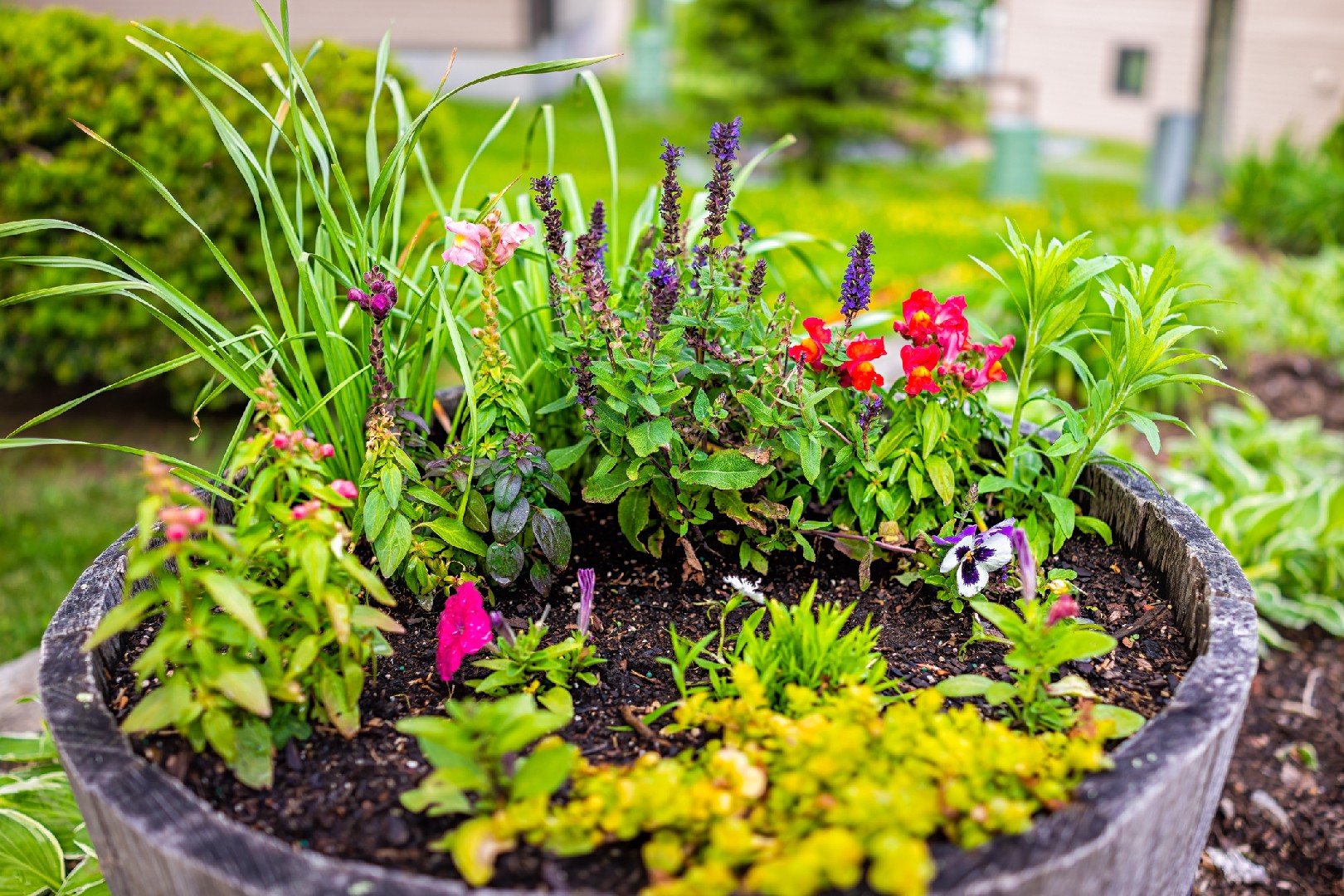
Innovative Options: Types of Portable Garden Features
When it comes to creating a portable garden, there are numerous options available to suit different needs and preferences. From movable planters to container gardens and portable greenhouses, these innovative features offer flexibility and versatility. Let's explore each type in detail and discuss their suitability for different space and environmental constraints.
Movable planters are a popular choice for those who want to bring greenery to their outdoor spaces without the constraint of a fixed location. These planters are designed with wheels or casters, allowing you to effortlessly move them around your patio, balcony, or courtyard. They come in various sizes and styles, giving you the freedom to create a customized garden that fits your aesthetic preferences.
Container gardens are another fantastic option for portable gardening. These gardens consist of plants grown in containers or pots, providing the flexibility to move them wherever you like. The containers can be made of various materials, such as ceramic, plastic, or wood, and come in different sizes and shapes. Container gardens are particularly suitable for small spaces, allowing you to maximize usage of available area.
If you're looking for a more advanced portable garden feature, a portable greenhouse may be the perfect choice. These structures are designed to provide an enclosed environment for your plants, protecting them from harsh weather conditions and pests. Portable greenhouses come in different sizes and styles, including pop-up designs that are easy to set up and dismantle. They allow you to extend your growing season and grow a wide variety of plants, from delicate flowers to fresh herbs and vegetables.
When selecting a portable garden feature, it's essential to consider your specific space and environmental constraints. If you have limited outdoor space, movable planters or container gardens may be the better options. On the other hand, if you have a larger area and want to extend your growing season, a portable greenhouse could be an excellent investment.
No matter which type of portable garden feature you choose, the possibilities are endless. You can grow a range of plants, including vegetables, flowers, herbs, and even fruits. The key is to select the appropriate plants based on their sunlight and water requirements, as well as the climate in your region. With the right combination of tools, knowledge, and care, you can create an urban oasis right in your own backyard.
To get started, here are a few practical tips:
-
Determine the available sunlight in your outdoor space and select plants accordingly. Some plants require full sun, while others thrive in shade.
-
Consider the water source and accessibility. Make sure you can easily water your plants to keep them healthy and thriving.
-
Take into account your local climate and choose plants that are suitable for your region. Some plants are more tolerant of heat or cold than others.
-
Create a maintenance schedule to ensure your portable garden remains in good condition. Regular pruning, watering, and fertilizing will help your plants flourish.
By incorporating these tips into your portable garden journey, you'll be well on your way to creating a thriving oasis in even the most flexible spaces. Happy gardening!









